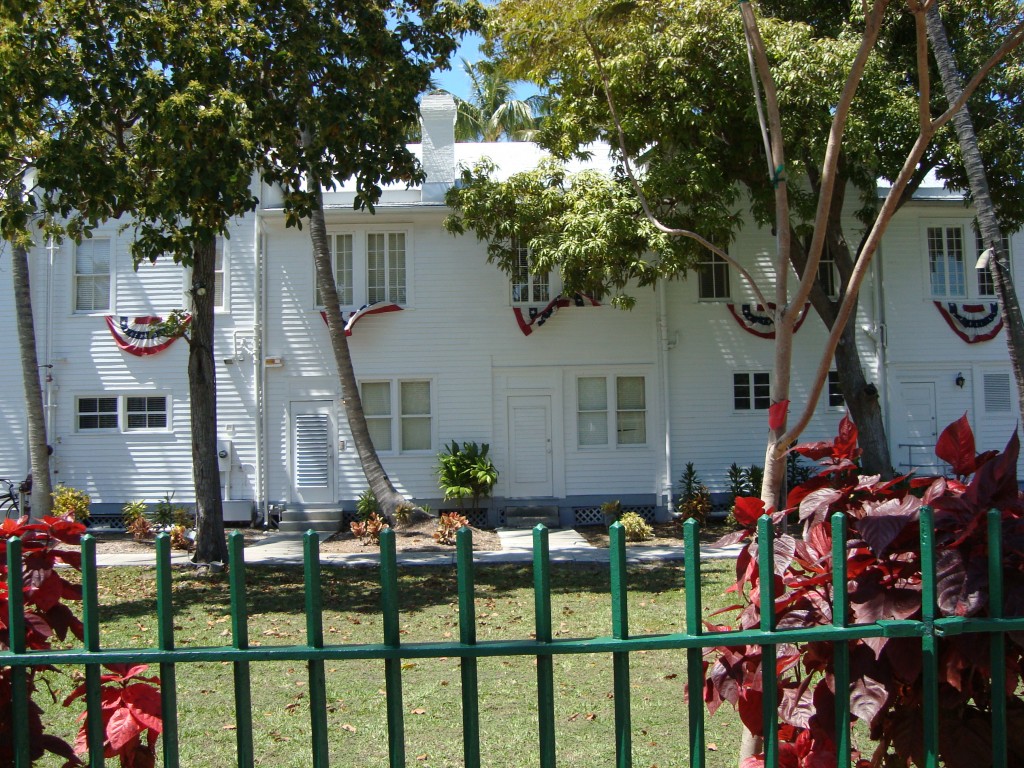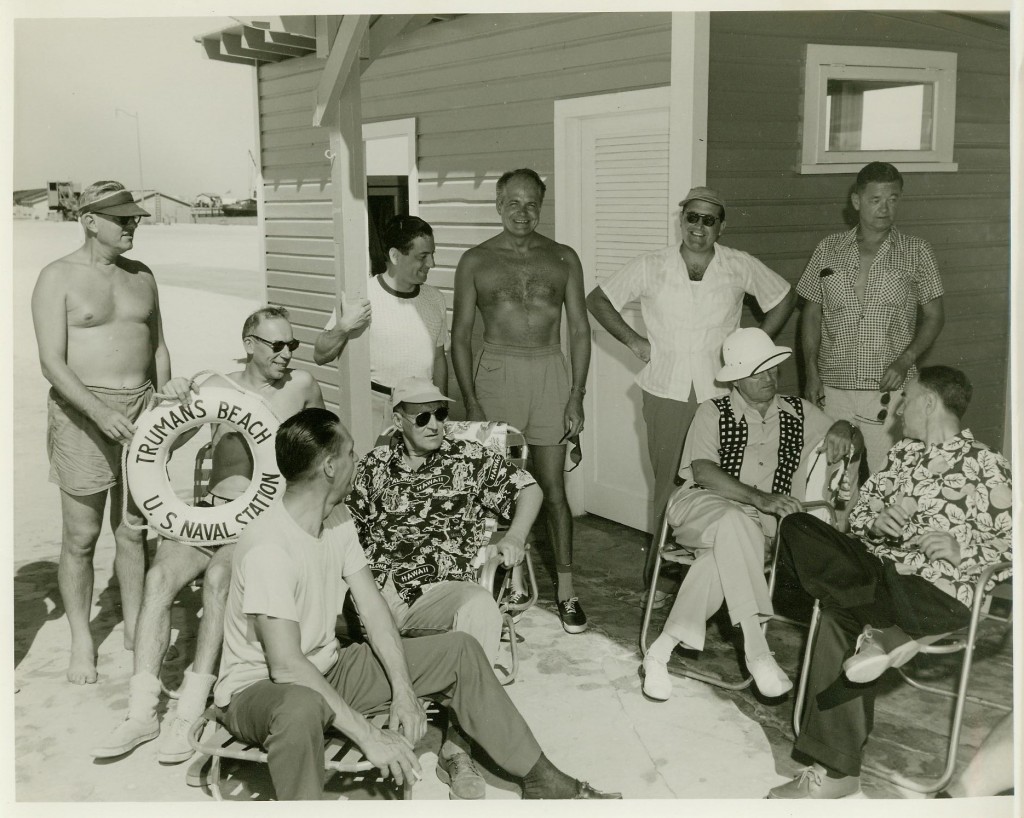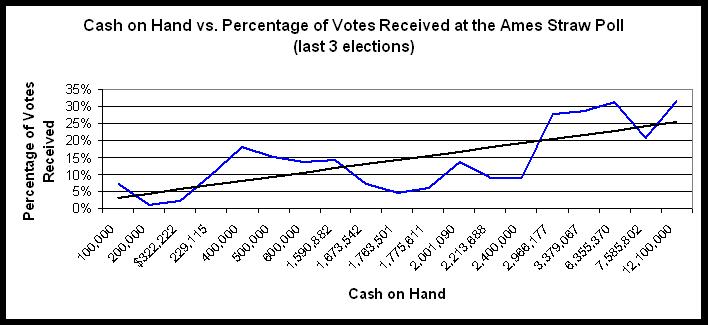If it’s August, I know three things will happen:
1. France will essentially shut down;
2. I’ll be late writing my APSA paper;
3. The President will be criticized for taking a vacation.
And right on cue, the lead story in most media outlets today centered on the critical reaction to the First Family’s departure for a 10-day stay at Martha’s Vineyard. It is, of course, now customary for the political opposition to rail against the President’s willingness to take time off while the country’s future is at stake. And at taxpayer’s expense, no less! (Never mind that the lodging is paid for privately – what about all those security and transportation costs!) President Bush’s travels to his Crawford, Texas ranch elicited the same indignant reaction, as did Bill Clinton’s vacations (which often included trips to Martha’s Vineyard as well), George H. W. Bush’s frequent stays at the family compound in Kennebunkport (where he terrorized the locals in his speedboat) and Ronald Reagan’s regular trips west to his California ranch to clear brush, and ride horses with Nancy.
I don’t know when taking a vacation started becoming bad politics, although I think it began with Reagan’s trips to California. Of course August is always a slow news month, which makes it easier to justify running the “Should the President Be on Vacation At a Time Like This?” story. Although this is the Obamas’ third trip to Martha’s Vineyard, the attacks on him seem more intense this time. I think this is for at least two reasons. First, the stock market’s recent roller-coaster ride has entered another downward plunge, amid continuing reports of weak job growth. Second, we are deep into the invisible primary season, and his vacation timing and locale provides ample fodder for Republican candidates out on the campaign hustings to scold the president for his seeming obliviousness to the plight of the common man. For example, consider Mitt Romney’s remarks from two days ago: “if you’re the president of the United States, and the nation is in crisis, and we’re in a jobs crisis right now, then you shouldn’t be out vacationing.”
Of course, the choice of locale doesn’t help. Much of the criticism centers on the message the President seems to be sending by staying in opulent vacations digs hobnobbing with the glitterati at a time when almost 1 in 10 Americans lack jobs. As one columnist put it, “Which begs the question – why did the president go ahead with his vacation despite the worst approval ratings of his presidency, plunging stock markets, falling consumer confidence, and overwhelming public disillusion with his handling of the economy? I think the answer lies in Obama’s professorial-style arrogance, and a condescending approach towards ordinary Americans.”
Forgive me if I don’t share the outrage. The reality is that presidential vacations aren’t like the ones you and I take (if I ever took one!). Sure, there’s some recreational downtime. But it’s mostly much of the same daily grind: the intelligence briefing, the meeting with staff, the constant stream of memoranda and official documents. In terms of intensity, I think it’s a lot closer to vacationing with Clark Griswold and his family: things are always going wrong, and the stress level is very high.
Moreover, Obama’s vacationing no more frequently than did his immediate predecessors. Indeed, at this point, Obama’s vacation time (I don’t count time spent at Camp David) seems about average for presidents. By one count, in their first year as president, Reagan (42 vacation days) and both Bushes spent more time on vacation than did Obama, while Clinton and Carter spent less. (I’ve never been to Plains, GA, but perhaps the locale partly explains Carter’s aversion to vacationing? Or maybe Democrats just work harder.)
In any case, Obama has a ways to go to match his immediate predecessor’s vacation time. Across his eight years as president Bush took 77 vacation trips to his Texas ranch, spending 69 days there during his first year alone. By comparison, Obama only vacationed 26 days during year one of his presidency. And this doesn’t count the more than 450 days Bush spent at Camp David. Similarly, Clinton spent 171 days “on vacation” during his eight years. Keep in mind as well that Obama has two kids, and something tells me they have some say in the vacation decision.
But there’s a more important reason why I’m not sympathetic to the “no time for vacation” crowd. History suggests that these trips help presidents cope with the burden of being president. And if they cope better, the nation benefits as well. Have you seen before and after pictures of the President? He’s clearly aged at a rapid clip since taking office. It’s worth remembering that at one time presidential vacations were viewed in a more positive light. Franklin D. Roosevelt made forty-one trips to his cabin in Warm Springs, Georgia during his presidency, often spending a week or more in a working vacation. He had purchased the property there shortly before reentering politics, in large part because he believed the warm springs to be therapeutic. Aides noted that Roosevelt invariably came back from these working vacations reinvigorated. (We now know, of course, that he spent his last visit to Warm Springs secretly rendezvousing with his former mistress, Lucy Mercer Rutherfurd, who had to be quickly secreted away when the FDR suffered a massive cerebral hemorrhage and died). Of course, media criticism of FDR may have been muted because the visits to Warm Springs could be linked to the foundation he established there to treat polio victims.
But Harry Truman made 11 separate trips to the “Little White House” in Key West Florida, often staying three weeks or more at a time. (Here is an exterior shot of the building which is open to visitors).
During the day he would sit by the beach, while aides played volleyball, in between work sessions. (The shorter guy holding onto the post is presidency scholar [and my dissertation chair] Dick Neustadt, author of Presidential Power, for which this blog post is named).
Most evenings he played small stakes poker (he was reputed to be a middling player) in a small room with close friends. (Truman sat in the corner with his back to the wall. The table is still there, complete with playing cards, if you want to visit). Today, of course, the thought of the President gambling with his cronies at “seaside resort”, while the stock market dropped 500 points, would elicit howls of outrage from the chattering class. But somehow the republic survived Truman’s trips. As I suspect it will survive the next ten days.
Unless the President has a Clark Griswold moment.
Now, back to my paper. Au revoir!




